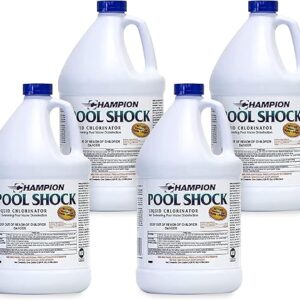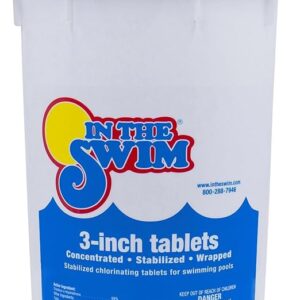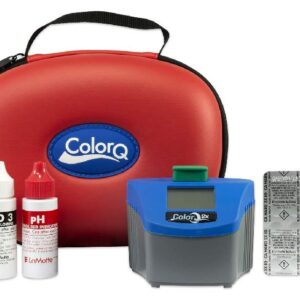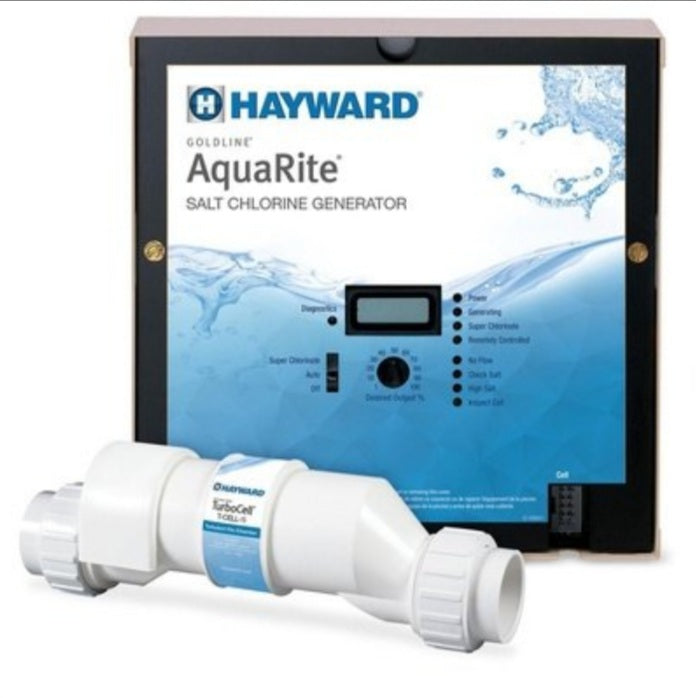How to Clear Fiberglass Pool Stains: Causes and Solutions
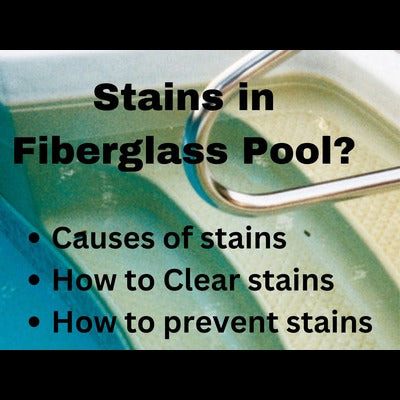
A fiberglass swimming pool is the easiest to maintain due to its smooth surface, which is easy to clean and highly resistant to algae.
However, when general cleanliness and chemical levels, especially Chlorine, pH, and Calcium Hardness are not appropriately maintained, it is easy to find organic and inorganic stains in a fiberglass pool.
Most Loved Cordless Pool Cleaner: Aiper Scuba S1 Cordless Robotic Pool Vacuum Cleaner: Cleaning Schedule, Smart Navigation, Wall, Floor, & Waterline Cleaning, Suitable for all Pools Up to 1,600 sq.ft
Causes of Organic Stains in a Fiberglass Pool
1. Leaves and Pollen
Organic stains are caused mainly by leaves and pollen and appear green, yellow, and sometimes brown. Organic stains are easy to clean and can be brushed off using a standard pool brush.
In some cases, an organic stain can be a little sticky and hard to brush off and might be mistaken to be an inorganic stain, but it will eventually disappear on its own after a couple of weeks or a month and should not worry you a lot.
However, it is important not to assume you have an organic stain if it does not come out quickly. To be sure, rub it with a chlorine tablet; if it loosens, it is an organic stain.
To keep away organic stains in your fiberglass pool, make sure you clean your pool regularly by removing leaves and pollen that fall into the pool, especially during the Fall.
Related Product: Beatbot AquaSense Cordless Robotic Pool Vacuum Cleaner for Above Ground and Inground Pools Up to 2260 sq. ft
2. Algae
Algae are also organic stains that result from low free chlorine levels. As said earlier, getting algae in a fiberglass pool is not easy due to its smooth and coated surface.
However, this depends on how well one maintains pool chemicals, particularly the free chlorine level. Algae can be green, yellow, and black.
To be sure you are dealing with algae (organic stain) and not a metal stain (inorganic stain), conduct an Overnight Chlorine Loss Test (OCLT): Add chlorine into the pool in the evening to read 3 ppm. Retake the FC reading in the morning; if it falls by over 2ppm the following morning, that is algae.
Related Product: CHLORWORKS Saltwater Pool System Chlorine Generator – Powerful Chlorination for Pools up to 40,000 Gallons
Green algae may hang loosely on the pool walls and sometimes float on the water. Yellow or Mustard algae are sticky and may need lots of chlorine and brushing to come out. Black algae appear as black spots on pool walls and at the bottom of the pool. Here is more on how to Get Rid of The 3 Types of Algae in Your Pool
View All the Recommended Swimming Pool Chemicals
Causes of Inorganic Stains in a Fiberglass Pool
Inorganic stains are caused by heavy metals, including Copper, Iron, and Magnesium, among others. Stains are formed especially when chlorine is added to the water or when the pH level escalates, oxidizing these metals.
A light green stain indicates the presence of copper and always discolors the water green. A Brown or yellow stain indicates the presence of iron. Magnesium causes black stains. Iron stains will always appear yellow on fiberglass pool walls and steps.
These heavy metals may find their way into the pool when Well or Borehole water is used as fill water.
Apart from the Well water, these minerals can be deposited into the water when one uses pool chemicals that come with metals such as copper-based algaecides or as a result of eroding metallic fittings into the pool.
The most common metal components we find in swimming pools are Copper and Iron. To clear green stains caused by copper and yellow/brown caused by Iron, we recommend Essential Values Stain Remover with the best chemical formula that is not harsh for fiberglass pools like other brands.
To prevent metal staining in your pool, whether fiberglass or plaster, we recommend avoiding Well water as your pool fill water.
If you cant avoid using Well water, you can use a metal CuLator on your skimmer or pump buckets to remove metals before entering into the pool.
Alternatively, you can add ProTeam Metal Magic into your pool to remove metals through the filter and, after that, remember to clean your filter.
Related Products: 16000 BTU Heat Pump for Upto 5000 Gallons Above-ground Pools & Spas, Heater and Cooler with WiFi Timer, 120V
Raypak 399,000 BTU Natural Gas Pool Heater – Electric Ignition



